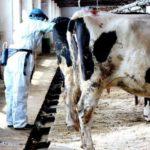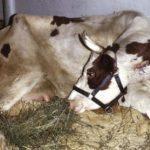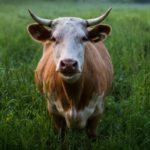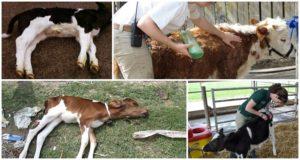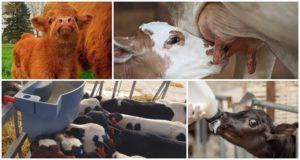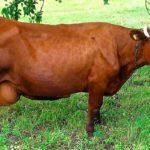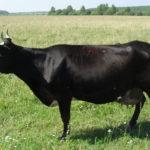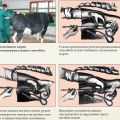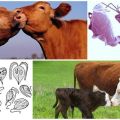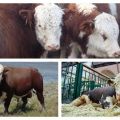Causes and symptoms of vaginitis in cows, cattle treatment and prevention
Infectious diseases such as vaginitis can be dangerous when they spread quickly within the herd after one individual is sick. The disease has a negative effect on the reproductive system of cows, provoking reproduction disorders. Consider the causes and signs of vaginitis in cows, how to diagnose and treat the disease, what preventive measures to take.
What is vaginitis
Vaginitis in cattle is a pathology of an infectious nature, in which there is swelling, inflammation of the vaginal mucosa in females. Usually, young cows of breeding age or weakened ones who already have any disease are sick. Calves rarely get sick. Vaginitis spreads quickly, animals in the herd can get sick within a few days. Without treatment, the infection can lead to the development of endometritis, sepsis, and more. Despite the complications, vaginitis does not cause infertility.
Vaginitis is of several types:
- serous, in which there is edema and small hemorrhages;
- catarrhal-purulent, characterized by edema, ulcers on the mucous membrane, erosions, hemorrhages;
- diphtheria, which is characterized by an increase in temperature, spotting with an unpleasant odor, fibrosis of the vaginal mucosa;
- phlegmonous, differs from the previous type in purulent discharge interspersed with necrotic tissue.
The incubation period for this disease lasts 3 weeks.
Causes and risk factors
The causative agents of vaginitis are streptococci. Bacteria enter the body of cows when sick individuals come into contact with healthy ones, during mating (bulls do not get sick, but remain carriers of infection). Bacteria are transmitted to cows through dirty bedding, manure, uncleaned and non-disinfected equipment, care products, feeders, drinkers.
Streptococci enter the cow's body through damage to the mucous membrane of the genital organs, which the animal can receive during childbirth, mating, both natural and artificial. There is a possibility of infection with improper treatment of vaginal diseases, when burns remain from the drugs.
Signs and symptoms of the problem
With vaginitis, the sick individual behaves restlessly, gets nervous, wags its tail, arches its back, spreads its legs. Discharge (bloody, with mucus, pus) flows from the vagina and dries up on the inner surface of the tail. The genitals swell, redden. The cow urinates and defecates more often.
In bulls, vaginitis is asymptomatic. The only signs are that sometimes small nodules the size of a grain of millet appear on the surface of the penis, bulls can lose weight with good nutrition, the disease can lead to impotence.
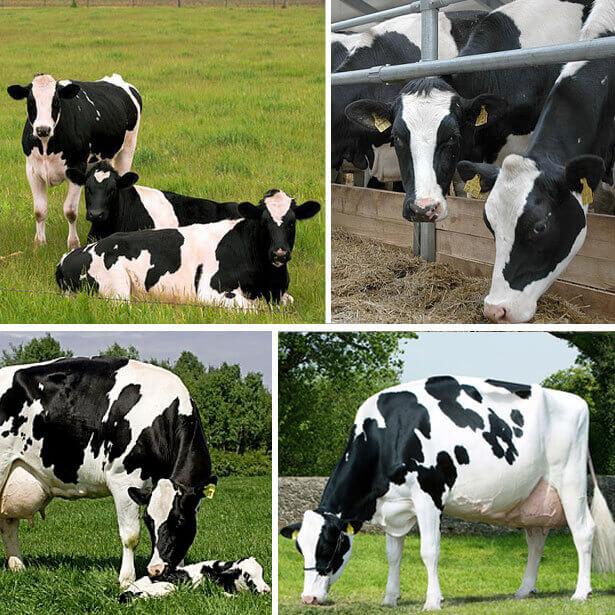
Diagnostic measures
It is impossible to make the correct diagnosis on your own, because the symptoms of vaginitis are similar to those of other cattle diseases. For example, vaginitis must be differentiated from brucellosis, vibriosis, trichomoniasis. In addition to confirming vaginitis, you need to establish its subspecies, the scheme and course of treatment, the choice of the drug, depend on this. For research, a smear is taken from the vagina of a sick individual.
How to treat vaginitis in cattle
First of all, after the diagnosis is made, the sick animal must be placed in a separate, distant stall. The place where it stood must be cleaned and disinfected to destroy the infection. Then change the litter.
The treatment time lasts approximately 2 weeks. In acute vaginitis, the cow is prescribed antibiotics, and the vagina is washed every day.
For washing, use a warm solution of potassium permanganate of low concentration, a 1% solution of salt or soda. In case of intense inflammation, use novocaine or ichthyol ointment, a mixture of fat and opium tincture in a ratio of 9 to 1. Apply Furacillin (4 tablets per liter), Vagotil (15 ml per liter), hydrogen peroxide (1% solution), with bloody discharge - alum solution (3% solution)
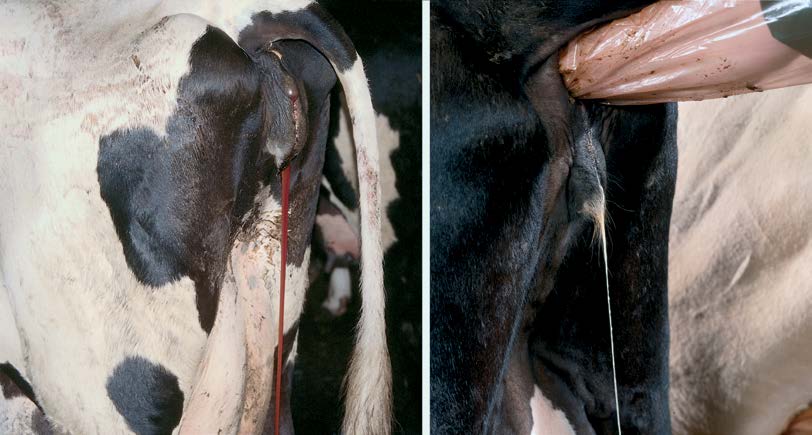
A large syringe is used to administer drugs, boiled water is used to prepare the solution. Washing is done 1 time a day, in case of severe inflammation - 2 times, in the morning and evening.
After washing, the vagina is lubricated with syntomycin, ichthyol or tetracycline ointment. The agent is applied to a tampon, injected into the vagina and left for a day. Then it is changed to a new one.
From folk remedies, an infusion of onions, honey and garlic is used. Honey infusion is prepared from 1 tbsp. l. honey and "Ichthyola". A tampon is moistened in a warm solution, placed in the vagina for 3 hours. Onion infusion is prepared from onion juice and "Ichthyol", which are taken in equal proportions. Dilute with 2/3 water. This tool lubricates the mucous membranes of the genital organs. Garlic infusion is prepared from the juice of garlic (1 part), "Ichthyol" (3 parts) and water (6 parts). In it, a tampon is moistened and left in the cow's vagina for the whole day.
Prevention
Due to the likelihood of re-infection, attention should be paid to the prevention of the disease. All sick animals should be kept separately until complete recovery. Disinfect the stall of sick cows with slaked lime.
Since the infection is transmitted by mating, it is better to use artificial insemination rather than natural insemination. This method is more hygienic. During childbirth, it is necessary to observe sterility, change the litter, and treat the cow's genitals with an antiseptic.
Maintaining cleanliness is important not only during childbirth, bedding and equipment should always be clean. Cleanliness reduces the likelihood of getting vaginitis and any other infections.
Vaginitis in cows is an infection that can lead to complications in the form of endometritis, general infection and other problems. The disease is contagious, but it responds well to treatment. With timely started therapy, the prognosis for cows is favorable.
